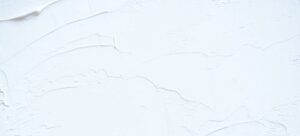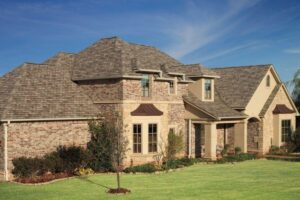When it comes to choosing vinyl siding for your home, you’ll encounter various styles and profiles. Two popular options are Dutch Lap and Clapboard siding. In this article, we’ll compare these two siding styles, highlighting their differences and helping you make an informed decision for your home’s exterior.
Dutch Lap Vinyl Siding
1. Distinctive Design: Dutch Lap siding features a unique profile with a beveled edge at the top of each panel. This design creates a shadowed, textured appearance that adds depth and character to your home’s exterior.
2. Traditional Charm: Dutch Lap siding is known for its traditional and timeless look. It’s often associated with historic and colonial-style homes, making it an excellent choice if you want to capture a classic aesthetic.
3. Enhanced Durability: The beveled design of Dutch Lap siding helps to deflect water, making it more resistant to moisture damage. It’s also robust and can withstand various weather conditions.
4. Easy Installation: Dutch Lap siding is relatively easy to install, making it a favorite among DIY enthusiasts. The overlapping design conceals the seams, giving a seamless appearance.
5. Maintenance: Like all vinyl siding, Dutch Lap requires minimal maintenance. Regular cleaning and occasional inspections are usually sufficient to keep it looking great.
Clapboard Vinyl Siding
1. Clean and Simple: Clapboard siding, also known as lap siding, features smooth, straight lines and a flat profile. It offers a clean and simple look that suits a wide range of architectural styles, from traditional to modern.
2. Versatility: Clapboard siding’s versatility makes it a popular choice for both residential and commercial buildings. It can adapt to various design aesthetics seamlessly.
3. Installation Options: Clapboard siding comes in different installation options, including single, double, and triple courses, allowing you to customize the look of your exterior.
4. Cost-Efficiency: Clapboard siding is often more cost-effective than Dutch Lap siding, making it an attractive option for homeowners on a budget.

5. Maintenance: Similar to Dutch Lap, Clapboard vinyl siding is low-maintenance. Routine cleaning and inspections will help preserve its appearance and longevity.
Choosing the Right Siding for Your Home
The choice between Dutch Lap and Clapboard vinyl siding ultimately depends on your personal preferences and the architectural style of your home. Here are some factors to consider:
- Architectural Style: Consider whether your home’s design leans towards a classic, traditional look (Dutch Lap) or a more versatile, modern appearance (Clapboard).
- Budget: If budget constraints are a concern, Clapboard siding may be the more cost-effective option.
- Climate: Take into account your local climate and weather conditions. Dutch Lap’s beveled design can offer added protection in areas with heavy rain or snow.
- DIY vs. Professional Installation: Decide whether you’re comfortable with DIY installation or prefer to hire a professional. Both siding styles can be installed by either method.
- Personal Taste: Ultimately, go with the siding style that appeals to your personal taste and complements your home’s overall aesthetic.
FAQs
1. What is vinyl siding made of?
Vinyl siding is primarily made of PVC (polyvinyl chloride) resin. It may also contain additives, colorants, and other materials to enhance its durability and appearance.
2. How long does vinyl siding last?
The lifespan of vinyl siding can vary depending on factors like quality, maintenance, and climate. On average, high-quality vinyl siding can last 20 to 40 years or more.
3. Is vinyl siding low-maintenance?
Yes, vinyl siding is known for its low maintenance requirements. Routine cleaning with a hose and occasional inspections are typically all that’s needed to keep it looking good.
4. Can vinyl siding be painted?
While vinyl siding is available in a wide range of colors, it can be painted if desired. However, it’s important to use paint specifically designed for vinyl siding and follow proper preparation and application techniques.
5. Does vinyl siding fade over time?
Over many years, vinyl siding can experience some color fading due to exposure to sunlight. However, high-quality vinyl siding is designed to resist fading, and modern options often come with fade-resistant warranties.
6. Is vinyl siding energy-efficient?
Vinyl siding alone doesn’t provide significant insulation. However, insulated vinyl siding options are available, which can improve the energy efficiency of your home by adding a layer of insulation beneath the siding.
7. Can vinyl siding withstand extreme weather conditions?
Vinyl siding is designed to withstand various weather conditions, including rain, wind, and snow. However, extreme weather events such as hurricanes or tornadoes can cause damage to any siding material.



